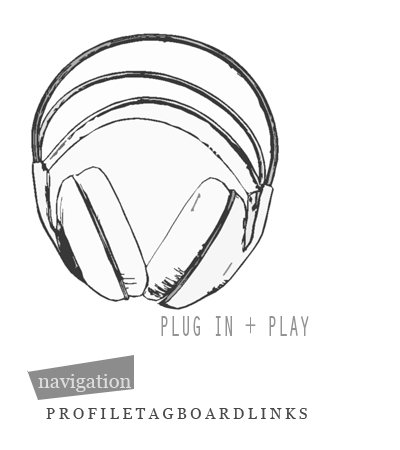Pictures of the Thai Instruments
 Khwang Wong Yai
Khwang Wong Yai
 Ranat Thum Lek
Ranat Thum Lek
 Ranad Ek
Ranad Ek

Ranad Ek Lek
VIDEO OF RANAD EK
VIDEO OF KHWANG WONG YAI
Unfortunately, we were unable to find videos for the rest of the music instruments.
CREDITS:
http://en.wikipedia.org/wiki/Music_of_Thailand
http://www.thaiwave.com/benjarong/nightlife/konthaipub.htm
http://www.britannica.com/EBchecked/topic/589625/Thailand/274227/Music-and-dance
http://itravelfootprints.com/Culture_Music_Clothes.html
http://en.wikipedia.org/wiki/Thai_people
There are many people from
Ranad Ek Lek
The keys of the Ranad Ek Lek are made of metal. Originally the keys were made of Brass. The keys of the Ranad Ek Lek look similar to the keys of the Ranad Ek.
Ranad Ek
The Ranad Ek is a percussion instrument. It originated from ‘grap’. ‘Grap’ are wooden keys that were used to keep rhythm. These keys were made in different sizes. They were laid on two tracks. Then a heavy string was threaded through holes in the end of the keys. They were put close together and hung on a stand. Later, a mixture of lead shavings and beeswax was put on the bottom of the keys. This mixture made the tone more in tune.
Ranat Thum Lek
The keys of the Ranat Thum Lek are like the keys of the Ranad Ek Lek, but they are larger.
Khwang Wong Yai
The music of Thailand reflects its geographic position at the intersection of
Though
In
Thai classical music (dontri Thai doem) was originally played at court and was based on Khmer models. There are three types of orchestral groups for Thai classical music
: a percussion-dominated ensemble, pi phat, which performs at court ceremonies and in the theatre; a string-dominated ensemble, kruang sai, typically heard in indoor instrumental settings; and mahori, a mixed ensemble that often accompanies vocalists, sometimes in the context of theatre. Thai classical music is also often used as an accompaniment to classical dance such as khon. The music played by the classical orchestras essentially uses a scale of seven equidistant tone-steps, although vocalists and instruments without fixed pitch may sometimes use additional tones.
Since ancient times Thai music has played an important part of everyday life for Thai people. The songs were taught from one person to the next aurally. Rather than providing notes and history to songs, as western music did, a teacher would play a simple melody to the student. He would then play that melody back to the teacher. Once this was done the student would memorize the melody. As the student developed more complicated melodies were taught. Over time more melodies are learnt and combined together until traditional songs are created. It has only been in the last half a centaury that musical notation has been used in schools. In fact in some traditional schools the method of memorising melodies is still taught. Not only is the traditional music played at buddhist ceremonies but the principles of learning the music follow a principle of buddhism.
Musical Instruments








